Electric scooter maintenance is essential for keeping your ride smooth, safe, and dependable.
Regularly inspecting key components like the brakes, lights, tires, and suspension ensures your scooter performs efficiently and helps prevent unexpected issues.
Whether you're new to electric scooters or a seasoned rider, understanding how to care for your scooter can extend its lifespan and improve your overall experience on the road.
From basic upkeep to smarter safety checks, this guide covers the must-do routines that can help you avoid costly repairs and keep your scooter in top shape.
Why Regular Electric Scooter Maintenance Is Essential
Taking care of your electric scooter is important for several reasons. Regular maintenance helps keep the scooter running smoothly and safely.
Neglecting upkeep can lead to problems that could have been prevented with simple routine checks.
Benefits of Routine Maintenance
- Enhanced Safety: Regular checks on brakes and tires ensure your rides are secure. A well-maintained scooter reduces the risk of accidents. Checking components like lights and signals also helps avoid mishaps.
- Prolonged Lifespan: Keeping your scooter in top condition extends its life. Maintenance like cleaning, battery care, and part inspections means you can enjoy your scooter for years.
- Cost Savings on Repairs: It's cheaper to maintain than to repair. Regular upkeep prevents major issues from developing, saving you money in the long run.
Key Areas to Focus On
- Brakes: Check for wear and tear. Replace brake pads if necessary.
- Battery Care: Charge correctly to avoid long-term damage. A failing battery can be costly to replace. [Also Read: How to Charge an Electric Scooter Battery]
- Tires: Keep them inflated to the right pressure. This improves ride quality and safety.
- Cleaning: Remove dirt and debris regularly. It prevents damage to components and ensures efficient operation. [Also Read: How To Clean an Electric Scooter: Guide for a Sparkling Ride]
Routine maintenance is the key to a safe and long-lasting electric scooter. Dedicating time to these tasks, you help your scooter perform at its best.
Daily Electric Scooter Maintenance Checklist
Pre-Ride Inspections
Check Tire Pressure and Condition: Ensure your tires are properly inflated to improve your ride quality and safety. Inspect for any visible cuts or punctures that might need attention.
✅ Test Brakes for Responsiveness: Press your brakes to make sure they are working properly. Responsive brakes are crucial for your safety on the road.
✅ Ensure Lights and Indicators are Functioning: Turn on your lights and indicators, checking that they are bright and working. This is important for visibility, especially when riding in low-light conditions.
✅ Verify Battery Charge Level: Before heading out, check your scooter’s battery level. It's best to charge when the battery drops to around 20-30% to keep it healthy and ensure your scooter lasts the entire ride.
✅ Look for Any Loose Bolts or Unusual Noises: Give your scooter a quick once-over to spot any loose bolts or hear any unusual noises. Tighten bolts if necessary. This helps prevent unexpected breakdowns.
By following these steps, you can ensure a safer and smoother ride each day. Keeping your electric scooter in excellent condition not only extends its lifespan but also improves your riding experience.
Weekly Electric Scooter Maintenance Tasks
Regular weekly maintenance is crucial for keeping your electric scooter in excellent condition. This involves thorough cleaning and ensuring key components function properly.
Cleaning and Lubrication
It's important to keep your scooter clean. Use a damp cloth to wipe down the scooter frame thoroughly.
This removes dirt and debris that could affect performance. Focus on areas that gather the most dust, like the deck and handlebars.
Lubrication is also key. Apply lubricant to moving parts such as the folding mechanism and wheel bearings.
This prevents rust and ensures smooth movements. Do not overlubricate, as excess oil can attract more dirt. Use a clean cloth to wipe away any extra oil.
📢 Also Read: Are Electric Scooters Waterproof: The Complete Guide
Detailed Component Checks
Check your scooter's tires for any signs of wear. Proper tire inflation is vital for a smooth ride. Make sure tires have the proper pressure for good performance.
Inspect brake pads regularly. If they show signs of wear, adjust or replace them to make sure your scooter can stop smoothly and safely.
Test the throttle and brake levers to ensure they operate without sticking. Smooth operation of these controls is essential for a safe ride.
Each of these checks helps keep your scooter running efficiently and safely.
Monthly Electric Scooter Maintenance Routine
Regular maintenance will keep your electric scooter running smoothly and extend its lifespan. Focus on two main areas:
Battery Care to ensure efficient power management and Structural Integrity to guarantee the safety and reliability of your scooter.
1. Battery Care
📌 Inspect the Connections: Check your scooter's battery connections every month. Look for corrosion or loose connections that might impede the battery's performance. Clean any corrosion to maintain a secure connection and improve efficiency.
📌 Charging Check: Make sure the battery charges fully and holds a charge. Monitor how long it takes to charge and how long it lasts afterward. If you notice a significant drop in performance, it might be time for a professional evaluation.
2. Structural Integrity
📌 Frame Inspection: Examine the frame and handlebars for any signs of stress or cracks. Spotting cracks early can prevent serious accidents. Pay special attention to joint areas and any points that take on pressure or weight.
📌 Fasteners and Bolts: Go over each bolt and fastener. Tighten them according to the manufacturer's specifications. Loose bolts can lead to wobbling or structural failure. Keeping them secure is crucial for safe rides.
By following this monthly routine, you’ll ensure your electric scooter stays in prime condition, ready for your next adventure.
Seasonal Electric Scooter Maintenance Considerations
During different seasons, maintaining your electric scooter requires specific actions to keep it running smoothly.
Winter demands protection against cold, while summer presents challenges such as overheating. Adapting your maintenance routine ensures longevity and performance.
Preparing Your Electric Scooters for Winter
Winter brings cold temperatures that can harm your electric scooter. To protect your scooter, consider these important tips:
- Storage: To protect your scooter from the cold, keep it in a garage or indoors. If you're short on space, a waterproof cover can also be useful.
- Battery Care: Batteries do not perform well in cold conditions. Before storing, charge the battery to about 50-60% to prevent over-discharge. Check the charge periodically and top it up if needed.
- Tire Pressure: Lower temperatures may reduce tire pressure. Check your tires regularly and inflate them to the recommended level for optimal traction.
Summer Riding Tips
Summer brings its own set of challenges. High temperatures can affect your electric scooter’s performance and condition:
- Battery Protection: Avoid charging your scooter under direct sunlight. Always charge in a cool spot to prevent overheating, which can shorten battery life.
- Avoid Extreme Heat: Avoid riding during the hottest part of the day. Prolonged exposure to heat can cause damage to the battery and other components.
- Direct Sunlight: Keep your scooter out of the sun when not in use. Store it in a shaded area or use a cover to prevent heat buildup.
These steps during seasonal changes will help you maintain your electric scooter's performance year-round.
Troubleshooting Common Electric Scooter Issues
Even well-built electric scooters can run into problems like battery failure, brake issues, or motor trouble.
Knowing how to spot and fix these common problems helps keep your scooter running smoothly and safely.
Battery Problems
If your scooter isn’t holding a charge or seems to have a shorter range than usual, the battery is often to blame. Here’s what to check:
✓ Charger connection: Make sure the charger is properly plugged in and test it using a different outlet.
✓ Charger and connector condition: Only use the original charger. Check for bent or damaged pins in the connector.
✓ Slow charging or not charging fully: This may be a sign that the battery is reaching the end of its life and needs to be replaced.
✓ Battery pack condition: Look for any swelling, leaks, or other visible signs of damage.
✓ Low power or sluggish performance: A worn-out battery may not deliver enough power, even if it charges.
✓ Battery care tip: Charge your scooter regularly after each use to help preserve battery health over time.
Brake Malfunctions
Brakes are essential for safety, and common issues like squeaking or reduced stopping power can usually be fixed at home:
✓ Check brake pads: Worn-out pads should be replaced to restore braking performance.
✓ Adjust brake cables: Make sure cables aren’t too loose or too tight for both drum and disc brakes.
✓ Inspect disc rotors: Look for dirt, warping, or uneven wear, and clean or replace if needed.
✓ Lubricate moving parts: Light lubrication (not on pads or rotors) can sometimes quiet squeaky brakes.
✓ Routine checkups: Regularly inspect the brake system to catch small problems early.
Motor and Acceleration Issues
If your scooter loses power, struggles to accelerate, or makes strange noises, the motor or related components could be the issue:
✓ Inspect wiring: Look for loose, frayed, or disconnected wires around the motor and controller.
✓ Clean air vents: Dust and debris can block ventilation and cause overheating. Cleaning vents can help restore performance.
✓ Listen for unusual sounds: Grinding or clicking noises might mean something is caught in the motor or that the bearings need attention.
✓ Check for debris: Foreign objects near the wheel or motor casing can impact movement.
✓ Lubricate bearings: If the motor feels rough or noisy, lubrication or replacement of the bearings may help.
✓ When to seek help: If you’ve checked all of the above and the problem persists, consult a technician to avoid further damage.
Safety Precautions During Maintenance
It is crucial to ensure safety while using your electric scooter. Always begin by disconnecting the battery. This prevents accidental electric shocks or short circuits during the maintenance process.
Use the right tools for each task. Proper tools not only make the job easier but also reduce the risk of damaging scooter parts or hurting yourself.
Wear protective gear such as gloves and safety goggles. This will keep you safe from sharp edges and debris that may fly off during repairs.
Keep a clean and well-lit workspace. A tidy area reduces the likelihood of accidents and helps you stay focused on the task at hand.
Know your limits. It’s best to seek professional assistance if you encounter a complex issue you're unsure about. This can prevent further damage and ensure safe repair.
Regularly inspect your tools and equipment for wear and tear. Faulty tools can lead to mistakes or injuries.
Make sure to double-check the scooter's components after maintenance. This ensures that everything is secured and functioning correctly before your next ride.
Conclusion
Regular maintenance is the key to enjoying a smooth, safe, and long-lasting ride on your electric scooter.
By monitoring essential components like the battery, brakes, tires, and motor, new riders can avoid common issues and costly repairs down the road.
Establishing a simple care routine not only protects your investment but also ensures every ride is as reliable as the first.
Ready to upgrade to a scooter that’s built for performance and built to last? Choose Circooter—their low-maintenance, high-quality electric scooters are designed with durability and rider satisfaction in mind. Ride smart, ride Circooter.
Electric Scooter You May Also Like 👍
Frequently Asked Questions
Electric scooter maintenance involves regular checks and care. Many tasks are simple and quick, and knowing what to do can extend the life of your scooter.
Are electric scooters high maintenance?
Electric scooters require less maintenance than cars or motorcycles. Regular tasks include checking tire pressure, cleaning, and monitoring the brake system. By performing these small tasks, you can prevent bigger issues from developing in the future.
How often should you service your electric scooter?
It's a good idea to perform basic checks weekly or monthly. For more thorough service, consider doing it every 3-6 months. This includes checking the brakes, tires, and battery. Regular servicing helps keep your scooter running smoothly and efficiently.
What is the lifespan of an electric scooter?
The lifespan of an electric scooter can vary but typically lasts between 3 to 5 years. Factors like maintenance, usage frequency, and the quality of the scooter impact how long it will last. Consistent care will help maximize its lifespan.
How do I keep my electric scooter battery healthy?
To maintain a healthy battery, avoid letting it fully discharge frequently. Instead, try to recharge it before it gets too low. Storing the scooter in a cool, dry place and charging it regularly will also help extend the battery's life.
Can I wash my electric scooter with water?
You can clean your electric scooter with water, but it’s important to avoid submerging it or using high-pressure water. Use a damp cloth for most cleaning and make sure to dry it thoroughly to prevent any water damage to electronic components.


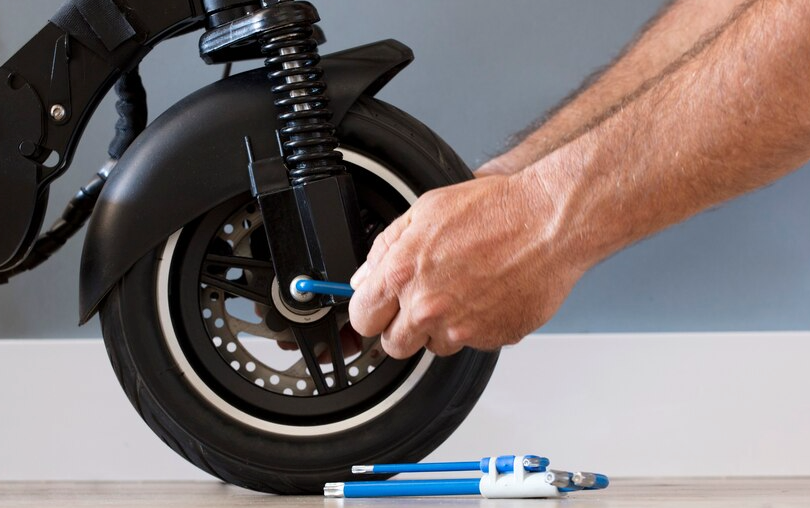
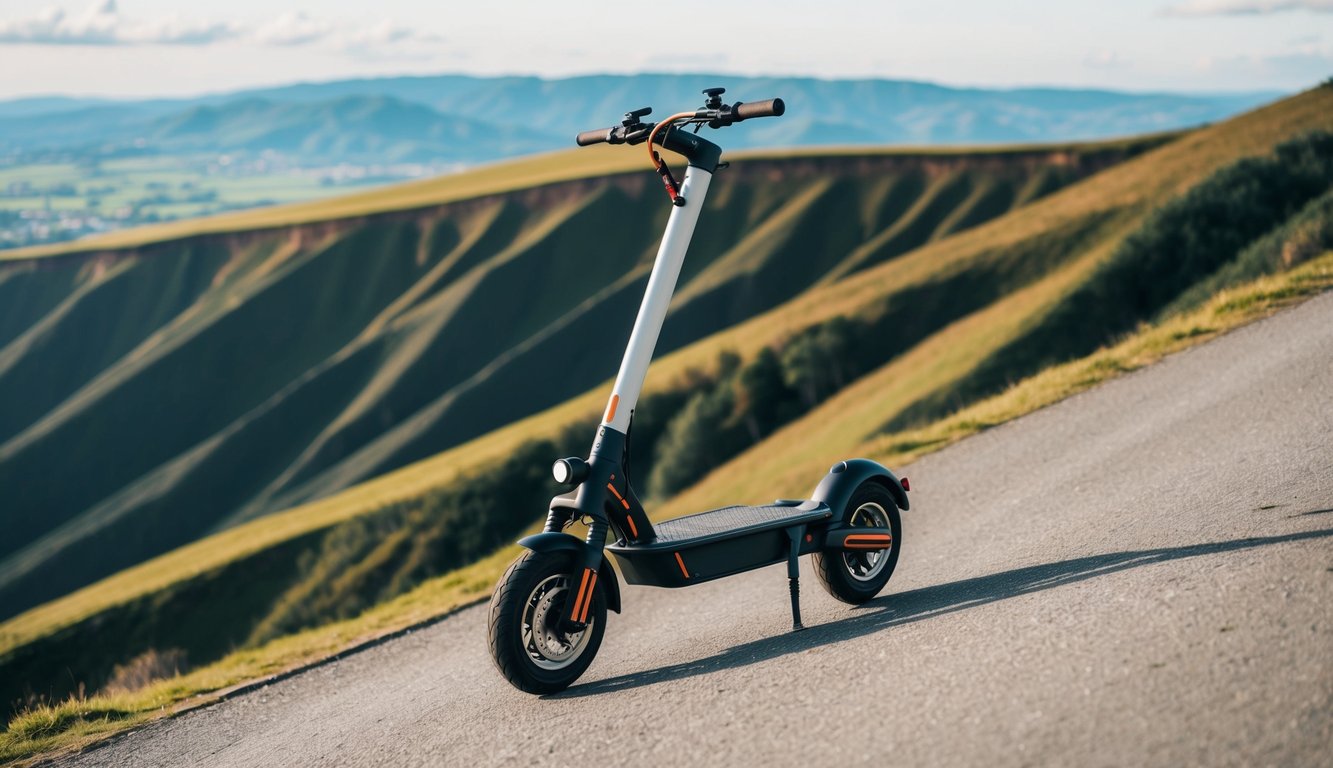
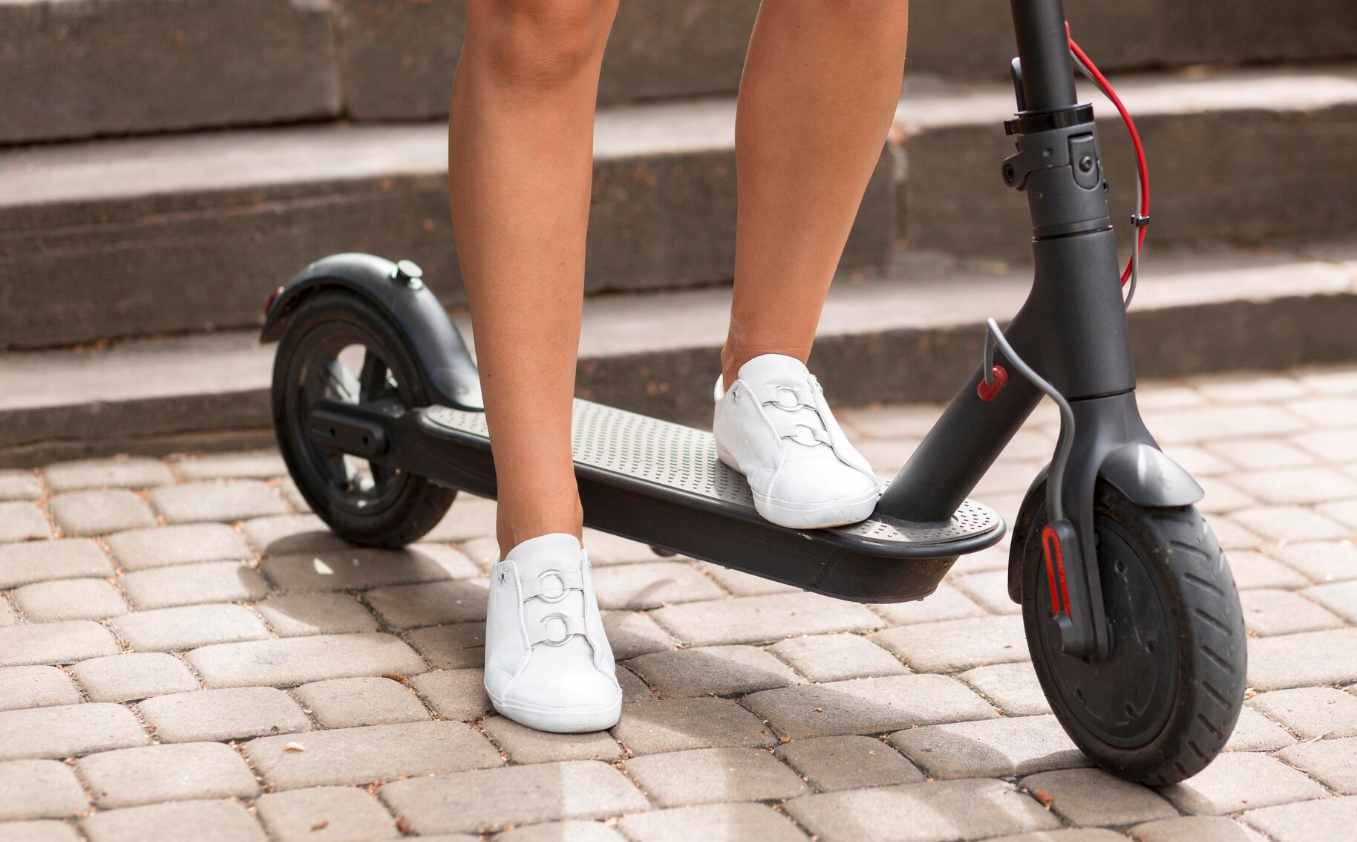

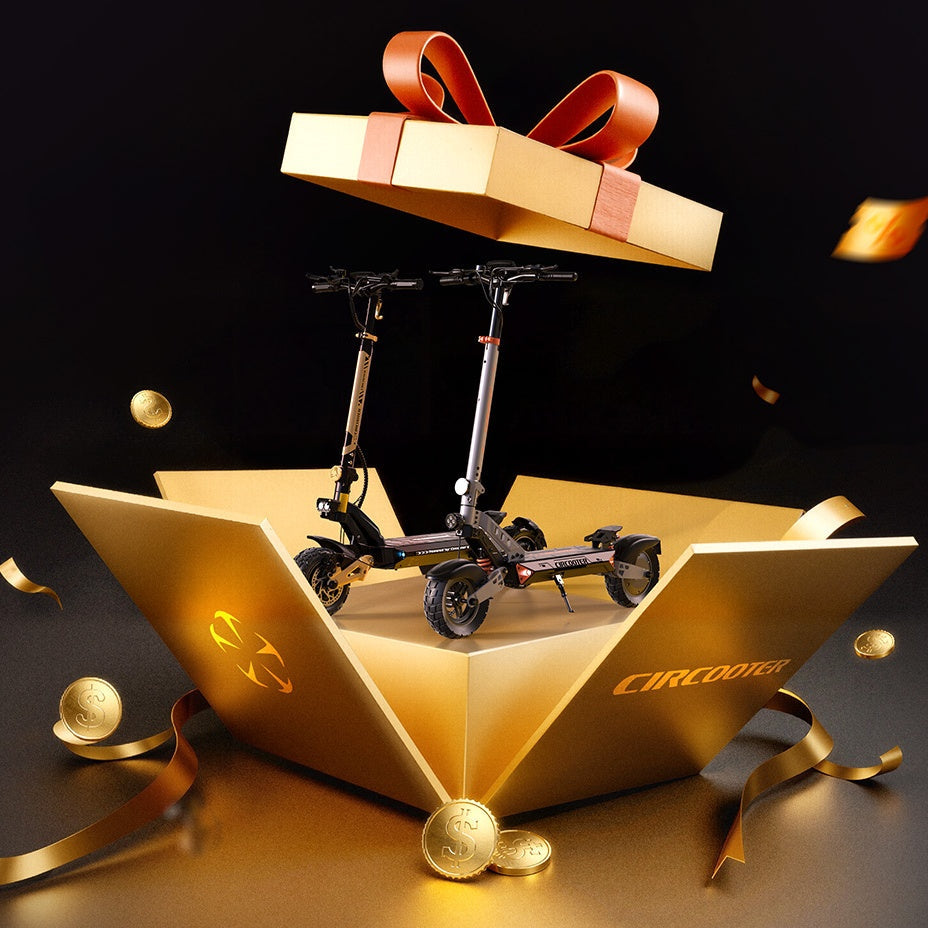
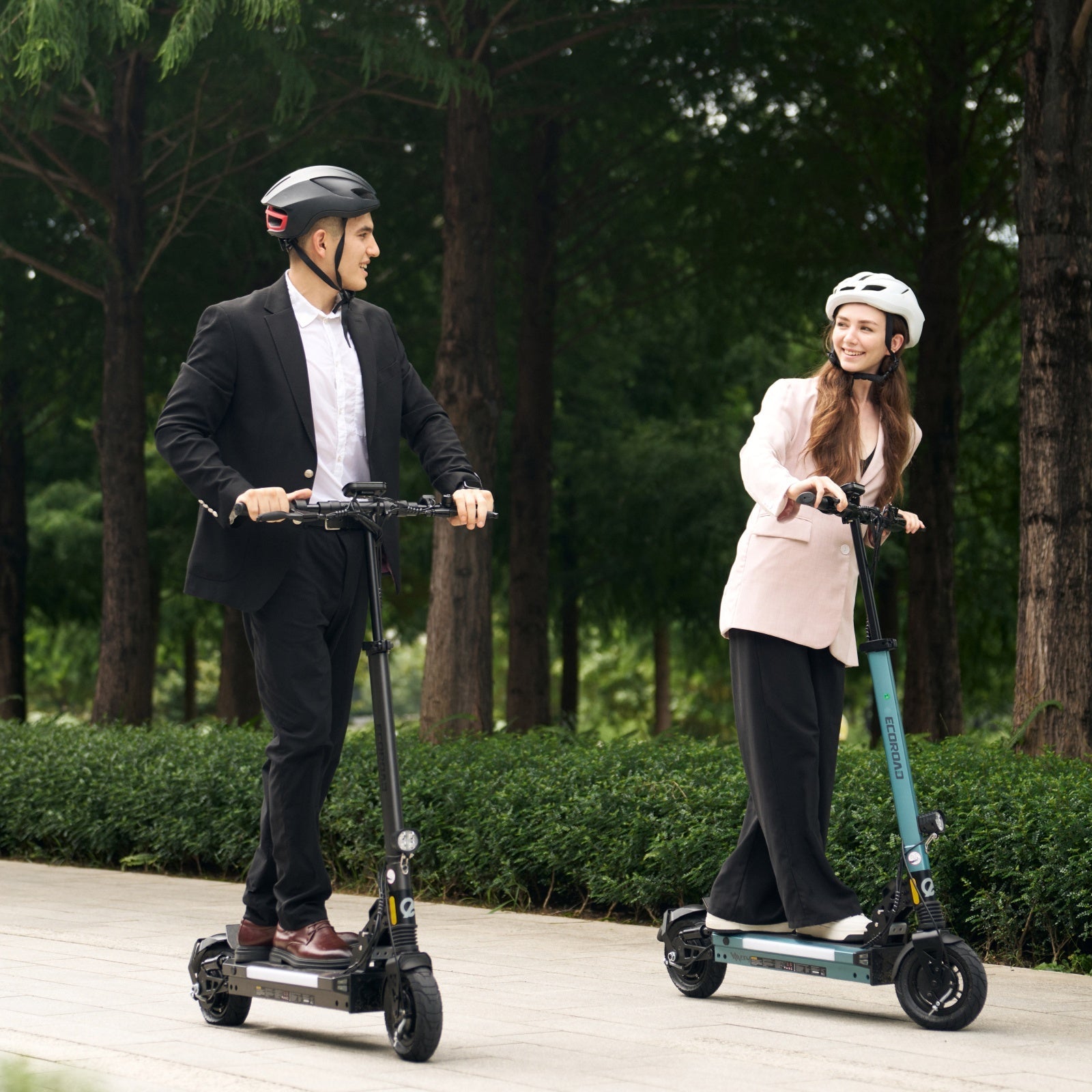
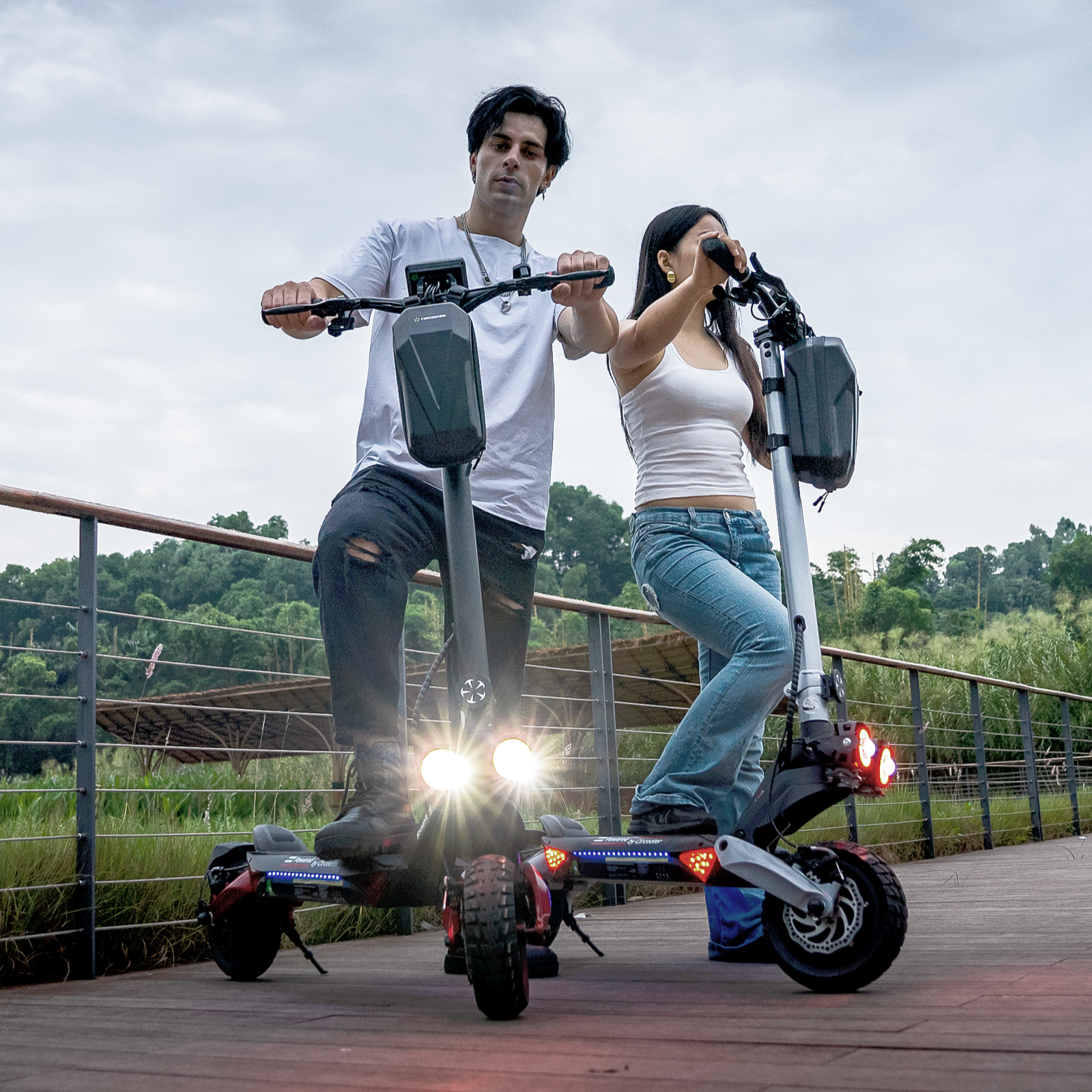


Leave a comment
All comments are moderated before being published.
This site is protected by hCaptcha and the hCaptcha Privacy Policy and Terms of Service apply.